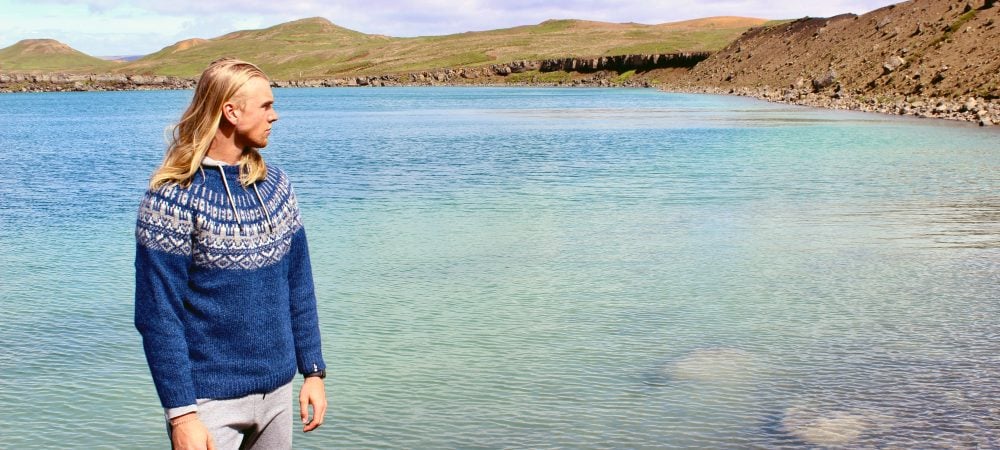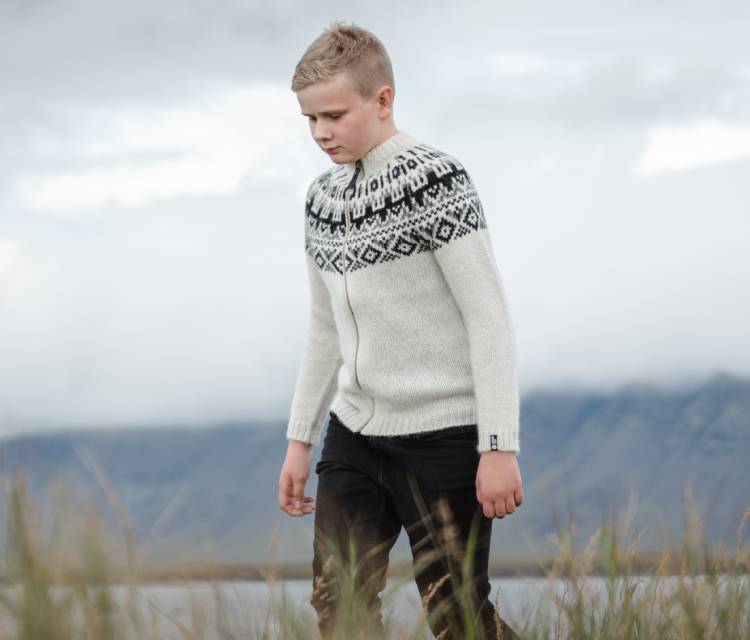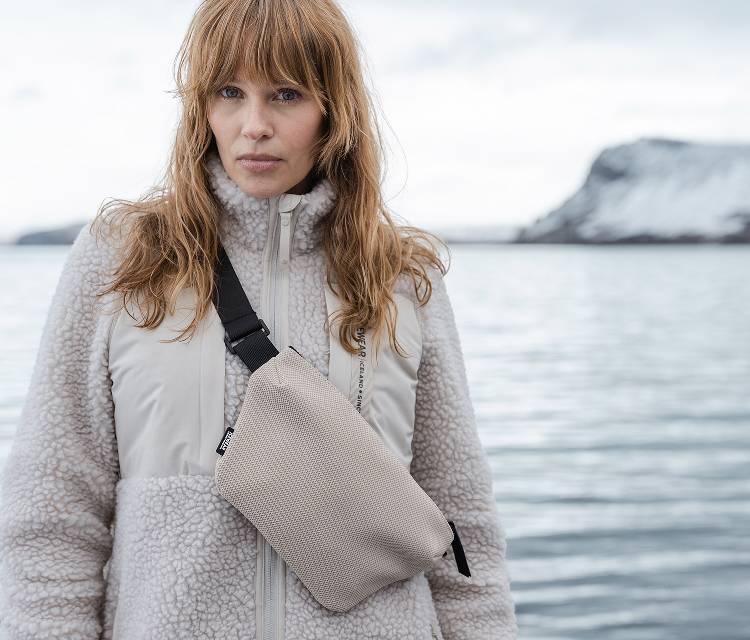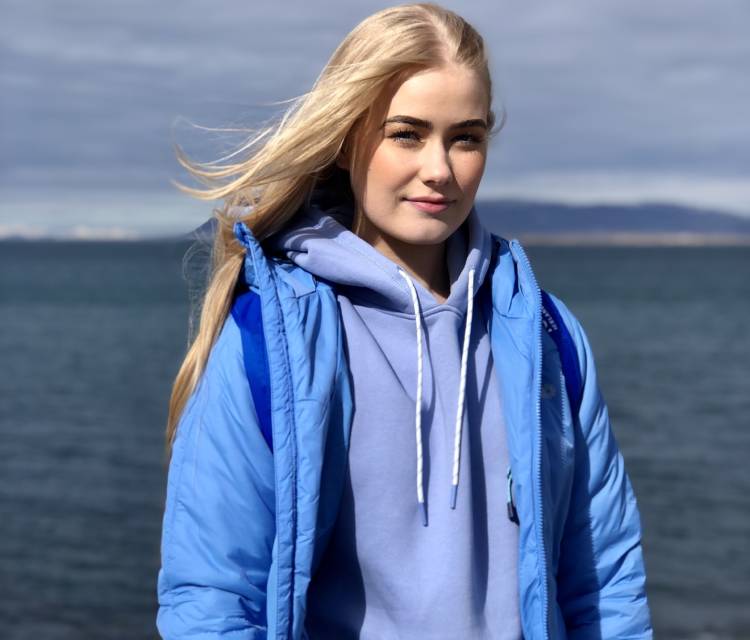CONTENTS
What months are spring in Iceland?
Sumardagurinn Fyrsti
Is Iceland cold in spring?
Does Iceland have 4 seasons?
Iceland seasons daylight
Religious and bank holidays in Iceland
Springtime has officially begun in the northern hemisphere. Holidays like Easter and Passover came and went with beautiful blossoms for communities around the globe. As springtime would have it, however, the same period brought late-season snowstorms in others countries.
Whatever the temperamental spring forecast has in store, the pendulum-like swing of changing weather is welcomed this time of year. Even if we have to push through a final winter storm, we know that beautiful weather is on its way.
Especially in climates with cold and brutal winters, the start of spring and summer are welcomed with pure delight. Warmer temperatures mean spring and summer activities and favorite outfits; longer days bring better moods, too, as well as more community events.
In Iceland, interestingly, the combined anticipation of spring and summer come in one great burst. “Sumardagurinn fyrsti” (literally, “the first day of summer”) has already begun.
Sumardagurinn fyrsti is the start of the first summer month (Harpa) on the old Icelandic calendar, which it will surprise you to know is April!
What months are spring in Iceland, then? Technically, none! Skipping the popular concept of springtime altogether, the first day of Icelandic summer is celebrated on the first Thursday after April 18th each year. The date always falls between April 19th and 25th.
Sumardagurinn Fyrsti
Sumardagurinn fyrsti is not just the first day of summer in Iceland—it’s also a cause for celebration. The old Icelandic calendar broke the year into two parts:
- Six months of “short dates” (winter)
- Six months of “nightless days” (summer)
Parades and other events are rife throughout the country on sumardagurinn fyrsti. Communities all around Iceland celebrate the coming of warmer months with a rich tapestry of activities and folkloric beliefs. According to lore, a good summer is certain to come if the temperature drops below zero right before sumardagurinn fyrsti. In the old days, families left bowls of water in front of their doors the night before sumardagurinn fyrsti with the hopes that they freeze.
So much for the notion of groundhogs predicting the weather!
Parents in Iceland also like to use sumardagurinn fyrsti as a chance to spoil children with a small present, especially gifts destined to be used outdoors. Soccer balls, new bikes and other favors are common.
Is Iceland cold in spring?
Now that you can answer “when does spring start in Iceland”, what does that really mean for the weather?
The old Icelandic calendar might just have two seasons, but the individual months of the year give the weather more nuance than that.
At the start of Icelandic summer, the country experiences what is often called “window weather,” or the time of year that is bright and sunny—but the outside temperature is still just barely above freezing. The windows remain closed, but Icelanders spend more time near the windows to soak in the sunlight.
When does Iceland turn green, though? Since Iceland doesn’t have four seasons, and because the average temperature even in summer is still just a few degrees above freezing, the ground takes a while to warm enough so that green things grow.
The abundant sunlight during the season of “nightless days,” however, does promote fast growth of grasses and other plant life across Iceland’s rolling landscapes by early June.
Seasons in Iceland
Does Iceland have 4 seasons? The old Icelandic calendar separates the year into just the two seasons: winter and summer. Iceland seasons, daylight, and temperatures are fairly easy to track year-over-year as a result.
Across the landmass of the small island nation, however, there is a range of climates and weather. In fact, the climatic changes town-to-town are often more than most would guess.
Iceland lies directly south of the Arctic Circle, with a small portion of the northernmost part of the country within its borders. Iceland has the North Atlantic Sea to the south and the Arctic Ocean to the north. So, while it is fairly cold year-round, the air currents running across the land keep temperatures from falling to the extremes experienced inland in central Europe and central Canada, for example.
The south of Iceland does see higher volumes of rainfall because of its slightly warmer temperatures, too.
With the improved summer weather, the season of “nightless days” is most popular for the following activities:
- Visiting waterfalls
- Hiking and camping
- Whale-watching
- Lava field sightseeing
- Summer festivals and outdoor events
Hours of Sunlight in Iceland
Even with the dubious nature of cold-then-hot-then-cold-again early summer weather, one thing is certain: the days will now get longer, and fast.
Here’s a breakdown of the hours of sunlight throughout the Icelandic summer:
- March 1: Sunrise at 8:35am, sunset at 6:45pm
- April 1: Sunrise at 6:45am, sunset at 8:20pm
- May 1: Sunrise at 5:00am, sunset at 9:55pm
- June 1: Sunrise at 3:30am, sunset at 11:30pm
- July 1: Sunrise at 3:05am, sunset at 11:55pm
- August 1: Sunrise at 4:35am, sunset at 10:30pm
Sunlight in Siglufjörður, Iceland
Far in the north of the country, after November 15th,the sun no longer climbs over the mountains in Siglufjörður until summer comes again. With a total of 74 days without sunlight, sumardagurinn fyrsti is celebrated in Far in the north of the country, after November 15th, the sun no longer climbs over the mountains in Siglufjörður until well after the winter solstice. With a total of 74 days without sunlight, the return of the sun is celebrated on the 28th of January after much anticipation.
The small town is in a valley in the mountains, protecting it from wind and storms. But without sunlight for two and a half months, the sun’s return feels like turning the page to a whole new chapter of prosperity.
By the time April rolls around, sumardagurinn fyrsti is celebrated in Siglufjörður with particular delight each year. For decades, local Siglufjörður residents have celebrated sumardagurinn fyrsti with pancakes and by attending a children’s choir performance on the front steps of the town’s church.
Summer Solstice in Iceland
The “midnight sun” is a greatly anticipated phenomenon every year in Iceland. By mid-summer, the summer solstice brings the longest day of the year. And with the island’s location so far north, the “longest day” is a period of nearly 24 hours of daylight.
Thus, the “midnight sun.”
The Icelandic summer solstice falls between the 20th and 22nd of June each year. While the sun never fully sets on the solstice, it does rise and fall in the sky over the course of the day. By midnight, the horizon is ablaze with stunning reds, pinks and purples into the early morning hours before rising high in the sky once more.
Other Holidays in Iceland in Spring
Warmer weather plus six months of summer bring many other holidays in Iceland, too. Sumardagurinn fyrsti gives Icelanders a few extra days off, and then other celebrations from the old Icelandic calendar include:
- Baráttudagur verkalýðsins on the 1st of May, 2022
- Mæðradagurinn on the 8th of May, 2022
- Uppstigningardagur on the 26th of May, 2022
- Hvítasunnudagur on the 5th of June, 2022
- Annar í Hvítasunnu on the 6th of June, 2022
- Sjómannadagurinn on the 12th of June, 2022
- Þjóðhátíðardagur Íslendinga on the 17th of June, 2022
As one can easily see, the small population of Iceland (around 350,000 people) doesn’t stop the island nation from celebrating a rich history of holidays and celebrations.
Honor sumardagurinn fyrsti your own way this year, whether with pancakes like the town of Siglufjörður or with traditional Icelandic sweaters. Maybe a combination of both will fit the bill!













